All gifts matched today through December 2 for Giving Tuesday! Click here to double your impact!

Ranked nationally in pediatric care.
Arkansas Children's provides right-sized care for your child. U.S. News & World Report has ranked Arkansas Children's in seven specialties for 2025-2026.

It's easier than ever to sign up for MyChart.
Sign up online to quickly and easily manage your child's medical information and connect with us whenever you need.

We're focused on improving child health through exceptional patient care, groundbreaking research, continuing education, and outreach and prevention.

When it comes to your child, every emergency is a big deal.
Our ERs are staffed 24/7 with doctors, nurses and staff who know kids best – all trained to deliver right-sized care for your child in a safe environment.

Arkansas Children's provides right-sized care for your child. U.S. News & World Report has ranked Arkansas Children's in seven specialties for 2025-2026.

Looking for resources for your family?
Find health tips, patient stories, and news you can use to champion children.

Support from the comfort of your home.
Our flu resources and education information help parents and families provide effective care at home.

Children are at the center of everything we do.
We are dedicated to caring for children, allowing us to uniquely shape the landscape of pediatric care in Arkansas.

Transforming discovery to care.
Our researchers are driven by their limitless curiosity to discover new and better ways to make these children better today and healthier tomorrow.

We're focused on improving child health through exceptional patient care, groundbreaking research, continuing education, and outreach and prevention.

Then we're looking for you! Work at a place where you can change lives...including your own.

When you give to Arkansas Children's, you help deliver on our promise of a better today and a healthier tomorrow for the children of Arkansas and beyond

Become a volunteer at Arkansas Children's.
The gift of time is one of the most precious gifts you can give. You can make a difference in the life of a sick child.

Join our Grassroots Organization
Support and participate in this advocacy effort on behalf of Arkansas’ youth and our organization.

Learn How We Transform Discovery to Care
Scientific discoveries lead us to new and better ways to care for children.

Learn How We Transform Discovery to Care
Scientific discoveries lead us to new and better ways to care for children.

Learn How We Transform Discovery to Care
Scientific discoveries lead us to new and better ways to care for children.

Learn How We Transform Discovery to Care
Scientific discoveries lead us to new and better ways to care for children.

Learn How We Transform Discovery to Care
Scientific discoveries lead us to new and better ways to care for children.

Learn How We Transform Discovery to Care
Scientific discoveries lead us to new and better ways to care for children.

When you give to Arkansas Children’s, you help deliver on our promise of a better today and a healthier tomorrow for the children of Arkansas and beyond.

Your volunteer efforts are very important to Arkansas Children's. Consider additional ways to help our patients and families.

Join one of our volunteer groups.
There are many ways to get involved to champion children statewide.

Make a positive impact on children through philanthropy.
The generosity of our supporters allows Arkansas Children's to deliver on our promise of making children better today and a healthier tomorrow.

Read and watch heart-warming, inspirational stories from the patients of Arkansas Children’s.
Hello.
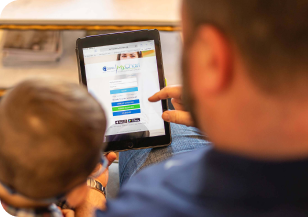
Arkansas Children's Hospital
General Information 501-364-1100
Arkansas Children's Northwest
General Information 479-725-6800
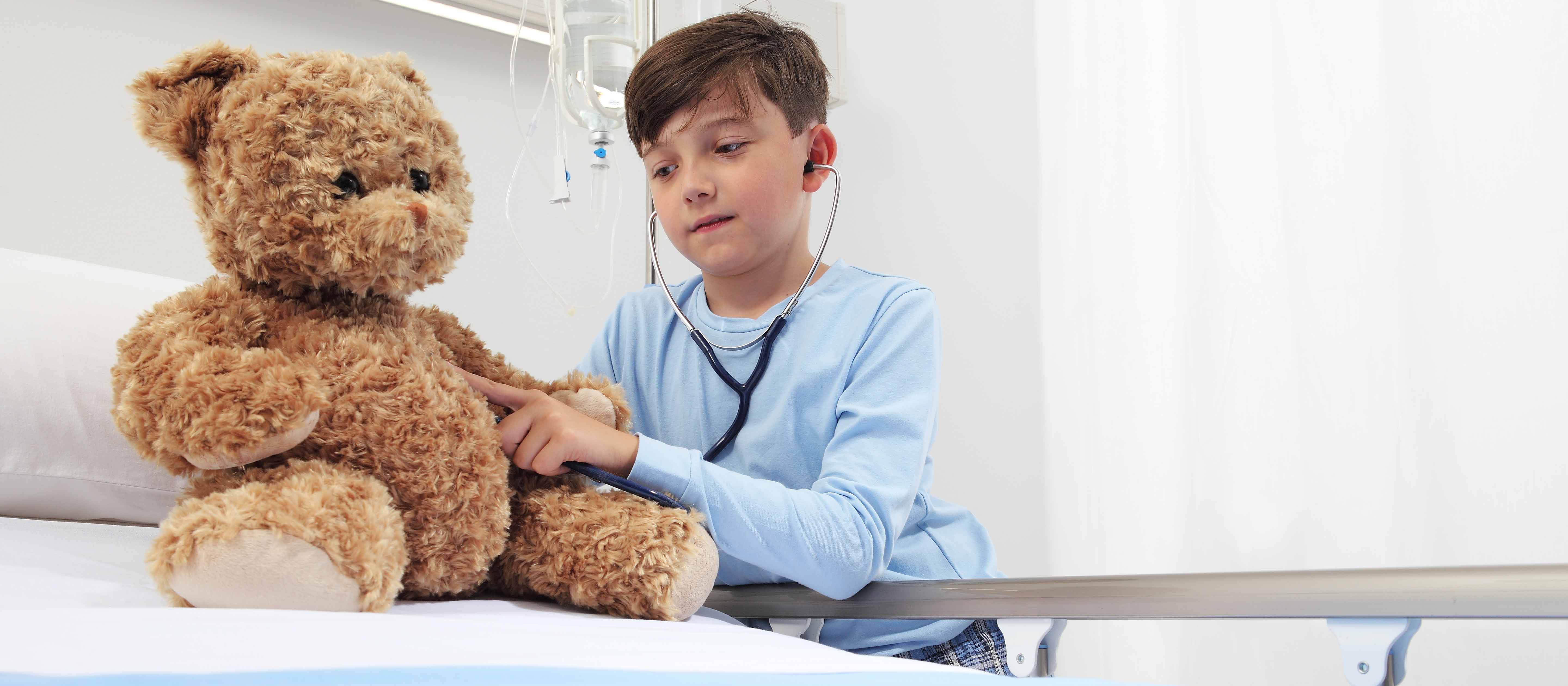
Over 100,000 patients are admitted every year to burn centers across the country. While many burns are minor and do not require hospitalization, some burns can be very extensive or deep and may require hospitalization and surgery. Approximately one-third of patients treated for burns are pediatric patients.
Arkansas Children's Hospital is home to Arkansas' ONLY Burn Program. Founded in 1928, the Burn Program has been providing comprehensive, personal care to adult and pediatric patients. On average, the Burn Program admits over 400 patients a year and sees over 2250 outpatient visits.
The Burn Program is at the forefront of medicine, utilizing skin substitutes, advanced skin grafting techniques, reality and other innovative technologies to help patients recover faster, decrease pain and improve cosmetic and functional outcomes.
Check Symptoms
Related Services
-
Hospital Services
Wound Clinic
The Wound Clinic provides comprehensive wound care for burn patients including follow-up care after discharge from the Burn Unit.
-
Hospital Services
Burn Plastics Clinic
The Burn Plastics clinic provides comprehensive scar management and reconstruction for disfiguring and/or functionally limiting scars.
The Burn Program at Arkansas Children's provides comprehensive, personal care to adult and pediatric patients. We treat and manage thermal, chemical and electrical burn wounds, as well as necrotizing soft tissue injuries, skin sloughing disorders such as toxic epidermal necrolysis (TENS) and Stevens-Johnson syndrome (SJS), and many other injuries.
Possible Conditions
- Burn reconstruction/scar revision
- Chemical injuries
- Electrical injuries
- Inhalation injuries
- Skin sloughing disorders (including Toxic Epidermal Necrolysis and Steven-Johnson Syndrome)
- Traumatic soft-tissue injuries (including “degloving injuries” and “road-rash”)
Meet the Team
The Burn Team is unique and comprises of surgeons, anesthesiologists, nurse practitioners, nurses, physical and occupational therapists, a clinical nutritionist, pharmacists, social workers, chaplains, child life specialists, psychologists, rehabilitation specialists, respiratory therapists and a discharge planner. The entire team is dedicated to providing the best burn care in the nation and works with families and patients alike to assist in the recovery process.
-

Robert Maxson, MD
Burn Program, Surgery
Little Rock, Springdale -

Esther Teo, MD
Burn Program, Surgery
Little Rock
Locations
-

Burn Center
Arkansas Children's Hospital
1 Children's Way
Little Rock, AR 72202
501-364-1100
View Location
-
 Blog
BlogArkansas Children's Blog
Bookmark Arkansas Children's BlogRead and share articles across a wide range of topics to help your family live healthier. -
 Patient Story
Patient StoryPatient Stories
Bookmark Patient StoriesRead the patient testimonials of how Arkansas Children's is fulfilling its mission to champion children! -
 Podcast
PodcastBetter Today, Healthier Tomorrow
Bookmark Better Today, Healthier TomorrowAn Arkansas Children's Podcast is about the people, places, and programs of Arkansas Children's. Podcasts are available monthly on Apple Podcasts and Google Podcasts.
The Burn Program is at the forefront of medicine, utilizing skin substitutes, advanced skin grafting techniques, reality and other innovative technologies to help patients recover faster, decrease pain and improve cosmetic and functional outcomes.
Possible Treatments
-
Lumenis UltraPulse Laser Therapy
The technology used at the Burn Plastics clinic includes Lumenis UltraPulse Laser Therapy.
-
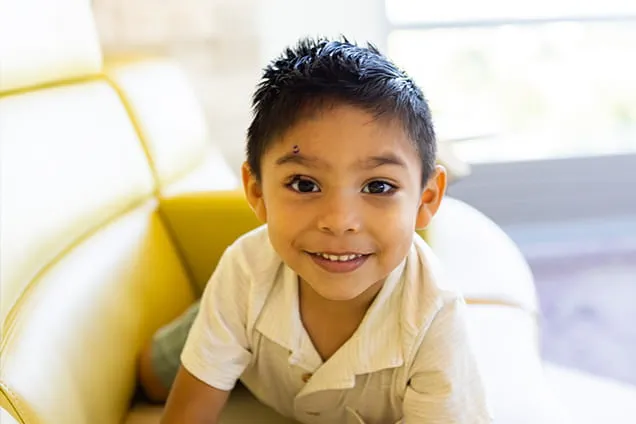 Hospital Services
Hospital ServicesSend an E-card
Bookmark Send an E-cardBrighten the day of the patient by sending a word of encouragement.
-
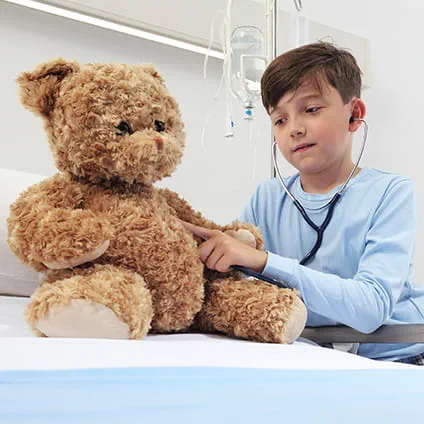 Hospital Services
Hospital ServicesChild Life
Bookmark Child LifeChild Life reduces stress and promotes positive coping using developmentally appropriate preparation, education, and play at Arkansas Children's.
-
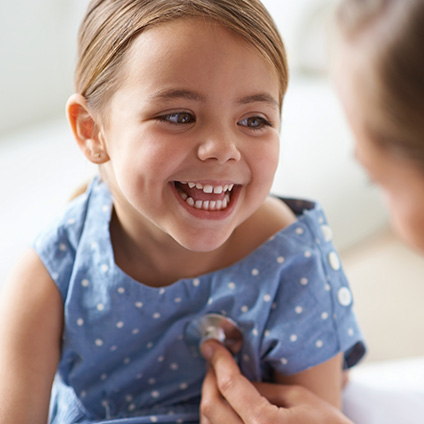 Amenities
AmenitiesHospital Amenities
Bookmark Hospital AmenitiesArkansas Children's offers on-site dining, shuttle services, and gift shops, as well as discounted hotels and RV parks nearby.
What is a 1st Degree burn?
-
First degree burns involve the top layer (epidermis) of the skin
-
These are bright pink or red
-
They usually don't have blisters, although the skin may flake a few days later
-
These are usually painful
-
They usually heal within 3-5 days
-
There is no scarring
What is a 2nd Degree burn?
-
These involve the bottom layer (dermis) of the skin
-
These are usually red, pink and moist
-
Some deeper 2nd-degree burns may be pink or white and dry
-
These are usually painful
-
They usually take 2-3 weeks to heal, although deeper 2nd-degree burns may take much longer
-
Deeper 2nd-degree burns may lead to scarring and contraction
-
Deeper 2nd degree burns often require skin grafting
-
Larger and deeper 2nd burns should ALWAYS be seen by a burn specialist
What is a 3rd Degree burn?
-
All layers of skin are destroyed
-
These often involve the underlying fat
-
These are usually white, brown, dry and leather-like
-
Third Degree burns do not require skin grafting
-
Third Degree burns cause scarring and contraction
-
These should ALWAYS be seen by a burn specialist
Who should be evaluated by a Burn Center?
-
Adult 2nd degree burns > 10% TBSA (total body surface area)
-
Pediatric 2nd degree burns > 5% TBSA
-
ANY 3rd-degree burn
-
Chemical injuries
-
Electrical injuries
-
Inhalational injuries
-
Patients with burn and trauma injuries
-
Burns involving face, hands, feet, genitalia, perineum or crossing major joints
-
Burn injury with preexisting medical condition that may complicate management
-
ANY burned child in hospital without facilities to provide care for children
-
Burn injury in patients who require special social, emotional or rehabilitative intervention
-
ANY burn that your physician is not comfortable managing
I would like to donate to the burn center. What can I do?
-
We are extremely grateful for anyone willing to donate as we have numerous projects designed for improving the care of burn survivors around the world.
-
Everything that we have done wouldn’t have been possible if not for the generous contributions from the public.
-
Please contact us at 501-364-1635 for more information.
If my child is admitted to the Burn Center, will he/she miss an entire year of school?
-
With recent advances, it is extremely rare for children, even with large burns, to miss an entire school year.
-
Arkansas Children’s Hospital also offers in-hospital schooling for patients who are here for longer periods of time.
I want my staff/hospital/school to learn more about burns. What can I do?
-
Our nurses and physicians provide educational and outreach programs across the state; you can contact our outreach coordinator at BurnOutreach@archildrens.org.
What can I do to prevent someone in my house from being burned?
-
Keep small children out of the kitchen
-
Turn pot handles away from the edge of the stove
-
Watch out for electrical cords attached to hot items
-
Set your water heater to 120 degrees
-
Keep lighters and matches LOCKED away (not just hidden)
-
If you have children at home that play with matches or lighters, you can contact the Arkansas Firesetter Intervention, Referral and Education (FIRE) program at 1-800-KID-FIRE
-
Don’t use gasoline for any reason other than filling your gas tank
-
Do not smoke while using oxygen
I have scars from an old burn that are painful and don't allow me to move freely. What can I do?
-
Our burn surgeons perform burn reconstruction and scar revisions. Call the Burn office at 501-364-1635 for more information.
I was burned and now have light and dark areas (hypo- and hyperpigmented) areas on my skin. Is there something that I can do?
-
1st and most 2nd degree burns should regain most of the normal skin color after 9-18 month
-
We do offer some surgical procedures that can help with color changes
-
Call the Burn office at 501-364-1635 for more information
My child is burned, can I donate skin?
-
Unfortunately, not as the body will reject someone else’s skin. We do use cadaver skin, and there is always a need for organ and skin donation; you can contact the Arkansas Regional Organ Recovery Agency (ARORA) at 501-224-2623 for more information about the Gift of Life.
Do I have to do dressing changes at home?
-
Yes, we can often have home-health nurses assist and will train caregivers in proper techniques.
Am I awake for dressing changes?
-
When the dressing changes become minor and you are close to being discharged from the hospital, you will be awake for the dressings to make sure you and/or family can do the dressing changes at home.
Am I awake during surgery?
-
NO; most of our patients are placed under general anesthesia unless they have significant heart or lung issues.
What is a skin graft?
-
Skin grafting is the process of “shaving” a thin layer of skin from an unburned area and applying to the burned area after the burned skin is removed.
-
The area where is the skin is taken from (donor site) usually heals without scarring in 2-3 weeks.
I heard that daily dressing changes and whirlpool therapy are very painful and that patients are always screaming. Is that true?
-
NO; we do not use whirlpool therapy and some of the newer dressings do not require daily changes.
-
Our surgeons, anesthesiologist, and nurses are very attentive to the patient’s pain and we strive to minimize patients discomfort.
I have seen pictures of patients with large scars and twisted extremities. Am I going to look like that?
-
With recent advances in burn care and the use of skin substitutes, we can usually prevent large, thick scars.
-
Most of our patients regain close to 100% of their pre-injury level of function.
What kind of burn does grease cause?
-
Grease burns usually cause deeper 2nd-degree and 3rd-degree burns and almost 40% require surgery.
Can soup and sauces cause deeper burns?
-
Yes, especially in children and the elderly, soups and sauces can cause deep 2nd degree burns.
What can I do to heal faster?
-
For 1st Degree burns – make sure you apply moisturizer and keep the skin moist
-
For 2nd and 3rd Degree burns – seek medical attention
-
For larger burns, we advise a balanced, nutritious diet with extra protein
-
Nicotine and smoking SIGNIFICANTLY impair the healing process
-
If advised, therapy is very important and helps patients regain function and may prevent the need for reconstructive surgery.
What is the first thing I should do I when I am burned?
-
STOP the burning process (STOP, DROP and ROLL)
-
If small, run the affected area under cool (not cold) water
-
Cover with a clean dry towel or sheet
-
Seek medical attention
-
Do not attempt to treat at home
Get burn prevention information to make your home safer for kids.
Kitchen Safety
- Use the back burners on the stove when possible and keep pot handles turned in where children can't reach them.
- Don't set hot objects on the edge of the table or countertop where they can be pulled off by a child.
- When cooking with grease, keep a lid that fits the pot close by, use long pot holders, and make sure there are no children or pets underfoot.
- Do not use water or flour to snuff a grease fire, instead turn off the heat source and use the lid or an extinguisher if possible.
- If there is a fire get out of the house FAST and call 911 from a neighbor's home.
Microwave Safety
- Microwaved food can reach temperatures greater than boiling (100° C) without the appearance of bubbling. Microwave prepared foods heat quickly and cools slowly.
- NOTE: There are a few places to find your microwave's wattage: inside the door, under the microwave, behind the microwave, or your manufacturer's manual.
- When you feel your child is old enough to safely use the microwave, make sure it is in an area where they can easily access it without having to reach or climb up on a chair.
- Foods heat unevenly in the microwave; stir, cool, and test before eating!
Water Heaters
Everyone is in danger of a hot tap water burn, but young children and older adults are even more susceptible. Young children just know they can turn the water on and off, if it's too hot they can get burned. Older adults may have problems with lack of sensation, loss of dexterity, and slower reactions.
- Turn hot water heaters down to about 120 degrees Fahrenheit. If your water heater doesn't have a temperature setting then look for the medium or warm setting, or maybe a silver line. Consult the manufacturer's instructions, or have a plumber set it for you.
- Consider scald preventing bath fixtures.
- After the tub is filled, put your entire hand in the water and move it quickly back and forth for several seconds. If the water feels even a little bit hot, then it is definitely too hot for your child. Use a thermometer to confirm the water is not too hot
- Never leave your child alone in the bathtub. Children can turn on the water if left alone, and it only takes one second for hot tap water to burn a child.
Fire Places / Space Heaters
Heating-related equipment such as space heaters is a leading cause of house fires and fire-related injuries and death. Be smart while using them!
- Don't use an unsafe heater! If it is damaged in any way, place it out of service!
- Place the heater on a level, hard, nonflammable surface
- Keep children and pets away!
- Keep the heater at least three feet away from bedding, curtains, furniture, and any other flammable materials.
- Don't leave the heater on when you're gone or asleep.
- Only use heaters designed for indoor use in your home or another enclosed area.
- Use a screen when you light a fire in the fireplace.
- Have your chimney and fireplace cleaned and inspected yearly.
- Dispose of ashes appropriately.
Smoking
Smoking is a leading cause of house fires and associated burn injuries and deaths. If you want help to quit smoking call 800-QUIT-NOW or go to www.stampoutsmoking.com
- Never smoke indoors! Have a designated smoking area outside with an ash bucket available, filled with sand or water.
- If you never smoke indoors you can never fall asleep in the bed while smoking or drop ashes between the couch cushions causing injury to yourself or your home.
- If you have children in your home, lock up your smoking materials where they can't access them.
- Home oxygen use and smoking do not mix! Oxygen, even low-flow oxygen, is fuel for a fire that a cigarette can easily start. Never smoke in a home where oxygen is being used!!!
Electrical Safety
Electrical hazards are everywhere! It's very easy for children to come into contact with electrical hazards unless we help protect them. Also, adults can easily get into trouble when they forget to respect electricity. Here are some tips to help keep you safe…and alive!
- If there are infants and toddlers in the house, cover outlets or use child-safe outlets.
- Be careful when using extension cords and power strips, it's easy to overload a circuit and start a fire.
- Keep electrical cords out of reach of children and pets, they can pull appliances off of a counter or bite into the cords.
- Take damaged electrical appliances out of service.
- Never try to do your own electrical wiring unless you are qualified.
- Be careful when working around power lines, especially when using ladders or long poles.
- Be careful when using electricity.

Burn Prevention
Get burn prevention information to make your home safer for kids.
Camp Sunshine was founded in 1991 as an attempt to promote physical and emotional healing, growth and development of burned children. Children who sustain burn injury have needs which are best met by other burn survivors. Camp Sunshine gives survivors, both adult and pediatric across the state of Arkansas an opportunity to establish lasting friendships, experience personal growth and develop lifelong memories. Camp Sunshine assists in the transformation of Burn Victim to "Burn Survivor."
To attend camp, certain criteria must be met. Future campers must have survived a 10% or greater full thickness burn and may have significant scarring, disability or scarring to the hands or face. The age range is from 4 to 16 years. At 16 a camper becomes a Junior Staff member, at 18 they choose to be a Counselor in Training or a Volunteer in Training. Camp is ongoing for as long as the survivor wishes to attend.
Camp Sunshine is provided free of charge to the camper - all counselors and volunteers attend on a volunteer basis. Funding is totally provided by the Arkansas Professional Fire Fighters who conduct fundraisers throughout each year to raise the thousands of dollars needed. In 2006, Little Rock Fire Fighters introduced a payroll deduction plan to raise their share of the funds.
Camp Sunshine takes place every year on the 3rd weekend in August, commencing the Thursday and runs for 4 days.
For more information, please contact us at Burnoutreach@archildrens.org.
Educational Programs
Physician and Nurses
- Advanced Burn Life Support Training (ABLS), a one-day didactic and practical course sponsored by the American Burn Association with an examination and certification at completion.
- Lectures and presentations are available by our certified instructors.
- Nurses can receive Continuing Nursing Education credits.
Emergency Medical Services/Paramedics/First Responders
- Advanced Burn Life Support Training (ABLS), a one-day didactic and practical course sponsored by the American Burn Association with an examination and certification at completion.
- Emergency care of burns a half-day didactic course.
- Continuing educational units (CEU) are offered through the Department of Health
Schools
- Lectures and presentations are available by staff.
- Arkansas Firesetter Intervention, Referral and Education (FIRE) program (1-866-KID-FIRE)
Outreach Programs
- ABLS training
- Emergency care of burns
- Handouts available for Physicians, Nurse, and Emergency Medical Services.
- If you are organizing a conference or lecture and would like the Burn Center to have a booth or stall, please contact us at Burnoutreach@archildrens.org.
- Lectures and presentations are available by burn staff
Prevention Programs
- Arkansas Firesetter Intervention, Referral and Education (FIRE) program (1-866-KID-FIRE)
- Injury Prevention Programs at Arkansas Children's (501-364-3400)
Recovery Program
Designed by the Phoenix Society for Burn Survivors, this hospital-based program utilizes volunteers to provide peer support to patients and their families. Peer support assists in adapting to a burn injury through sharing similar experiences.
Many people who successfully recover from a burn injury find purpose and meaning by helping others make the transition from burn victim to burn survivor. Those who recover successfully have learned a lot through trial and error and hope to make the road easier for others. The SOAR training program empowers volunteers with information and skills needed to provide appropriate forms of support.
After volunteers have applied to the program and been screened and trained, the program matches them with patients who have been identified as wanting to speak to another burn survivor.
To learn more, please contact our SOAR Coordinator at Burnoutreach@archildrens.org.
For more information on any program, please contact us at BurnOutreach@archildrens.org or call 501-364-5359.
Browse the links below for additional information and education.
-
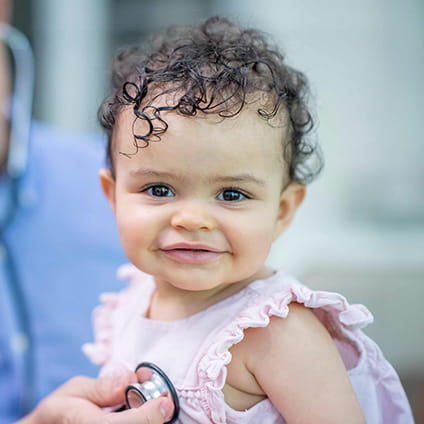 Hospital Services
Hospital ServicesFinancial Support
Bookmark Financial SupportArkansas Children's recognizes the financial burden that medical bills may cause, so if you are having difficulties paying your bill, please let us know. It is part of our mission at Arkansas Children's to help the patients and families we serve. -
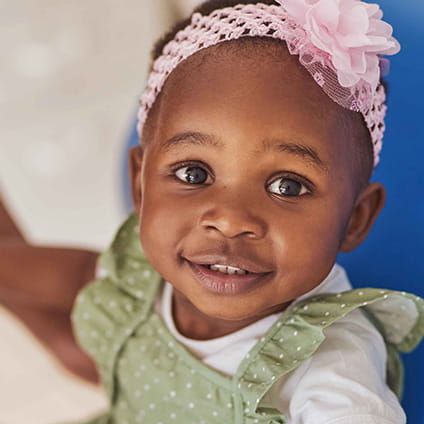 Resource
ResourceArkansas Children's Mobile App
Bookmark Arkansas Children's Mobile AppOur app is designed to be your "go-to" for managing your child's health day or night.
-
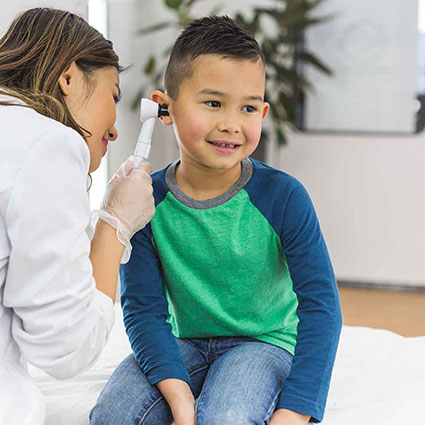 Hospital Services
Hospital ServicesPay Your Bill
Bookmark Pay Your BillArkansas Children's has an online bill pay system to pay your bill for visits and admissions.

Arkansas Children's MyChart
Manage your child's medical information and connect with your Arkansas Children's medical team anytime online!
Log in to MyChart-
Hospital Services
Hospital Resources
Bookmark Hospital ResourcesAccess the information and tools you need to stay connected with Arkansas Children's quickly.
-
Hospital Services
Interpreter Services
Bookmark Interpreter ServicesArkansas Children's offers translation assistance to the hearing impaired as well as non-English speaking patients and families.
-
Hospital Services
Refer a Patient
Bookmark Refer a PatientArkansas Children's offers comprehensive care to patients through a physician referral.

